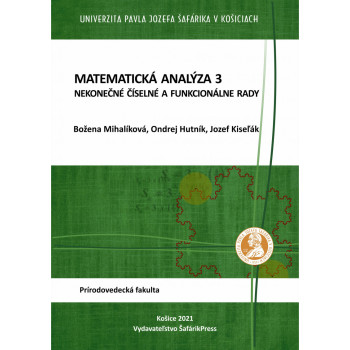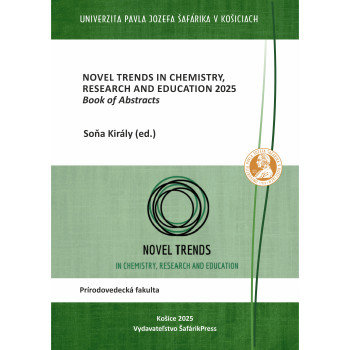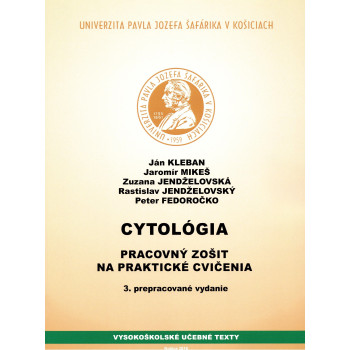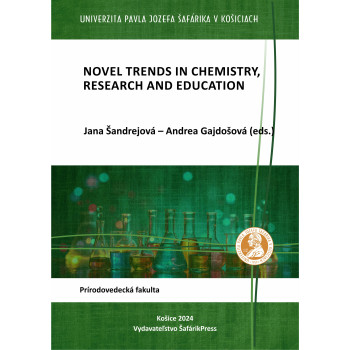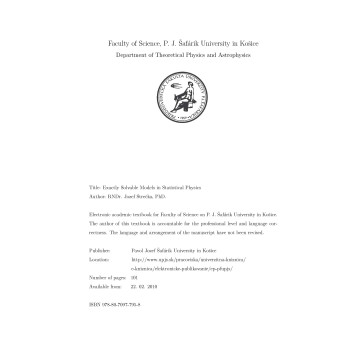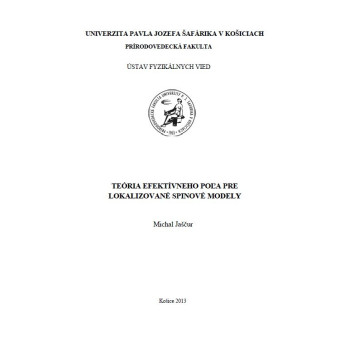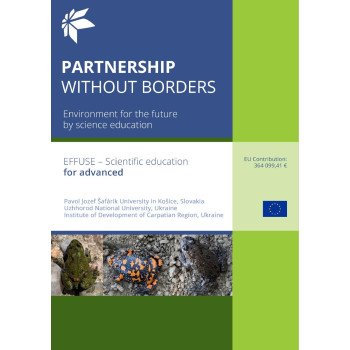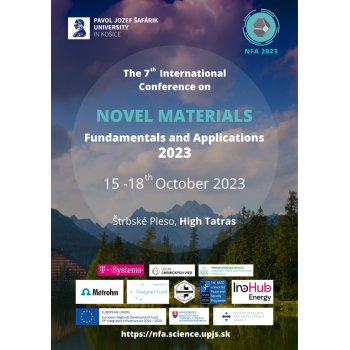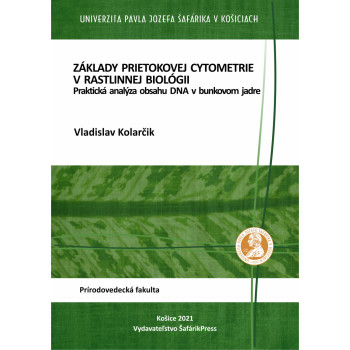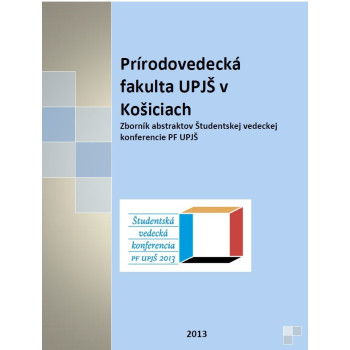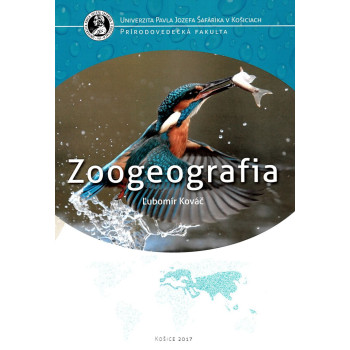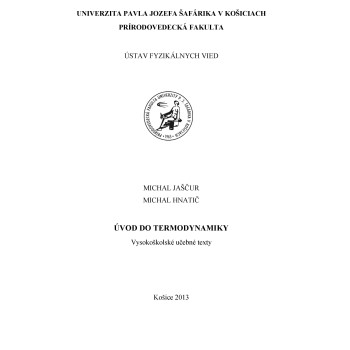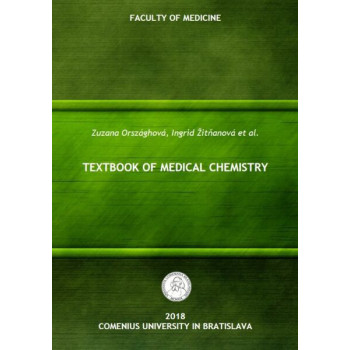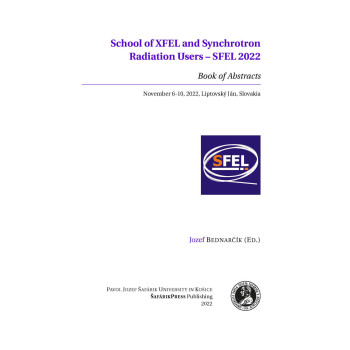
Matematická analýza 3. Nekonečné číselné a...
E-book
Božena Mihalíková - Ondrej Hutník - Jozef Kiseľák
The textbook is devoted to the mathematical analysis of infinite series of numbers and functions. It is intended for students of mathematics, physics and computer science, as well as interdisciplinary study of combination with mathematics. It contains a theoretical background for investigating the convergence of infinite series, expanding functions into power and Taylor series, as well as the use of these results in various problems of mathematics, physics, and computer science. Using the historical background the textbook clarifies the motivations and the need to introduce some key concepts and their further development. Basic concepts and statements are demonstrated on a large number of solved exercises, but it contains a number of exercises for independent practice. Several results are supplemented by dynamic animations executable in the electronic version of the textbook.



